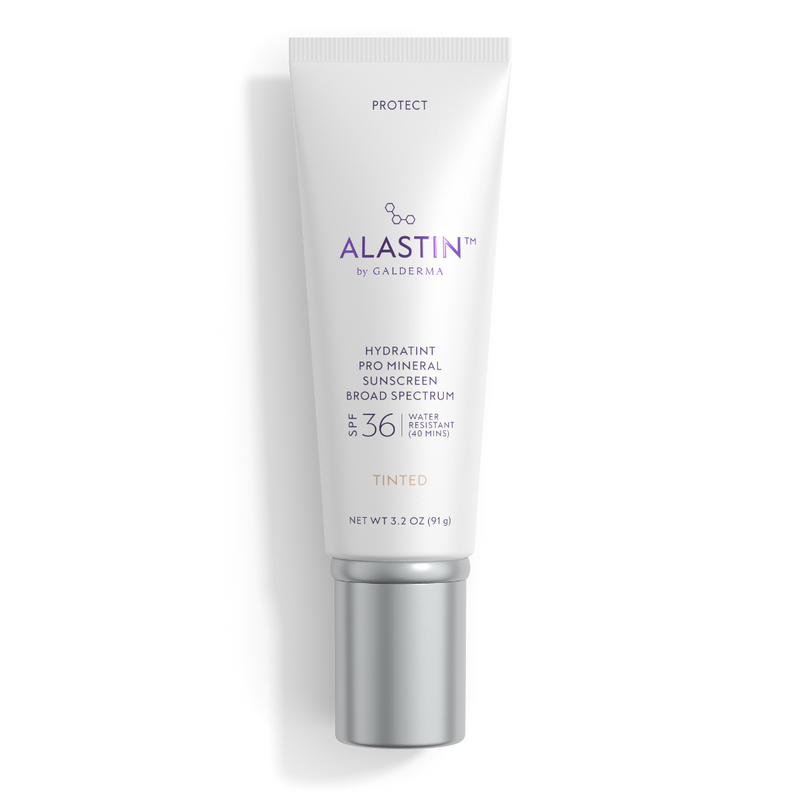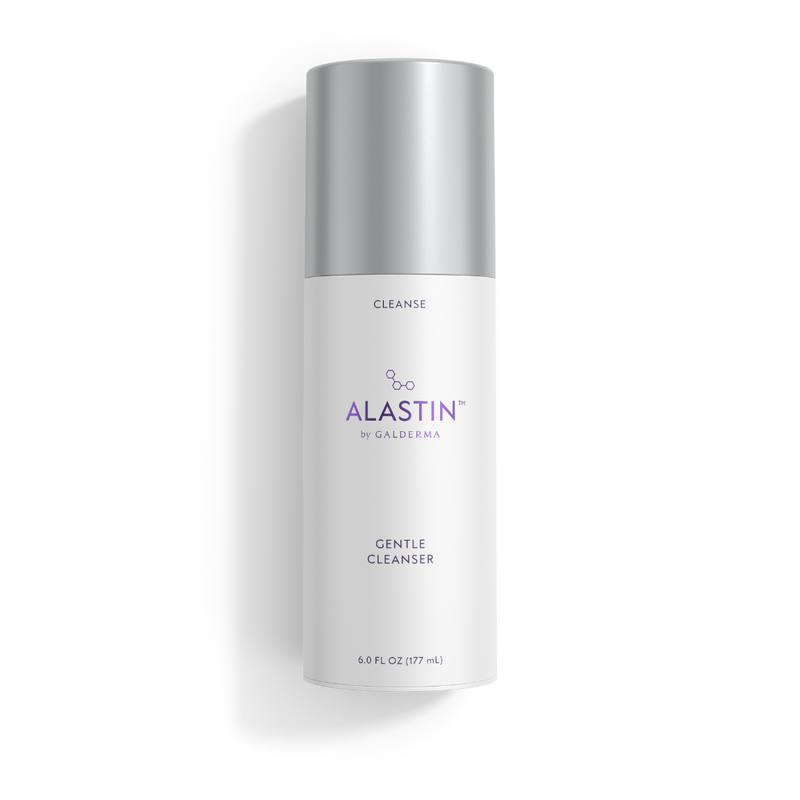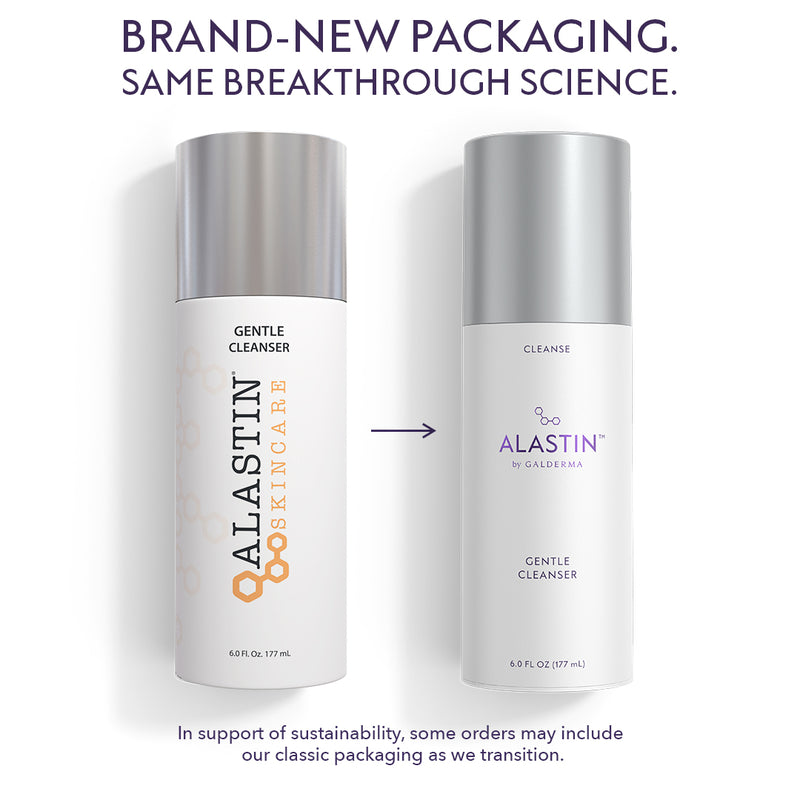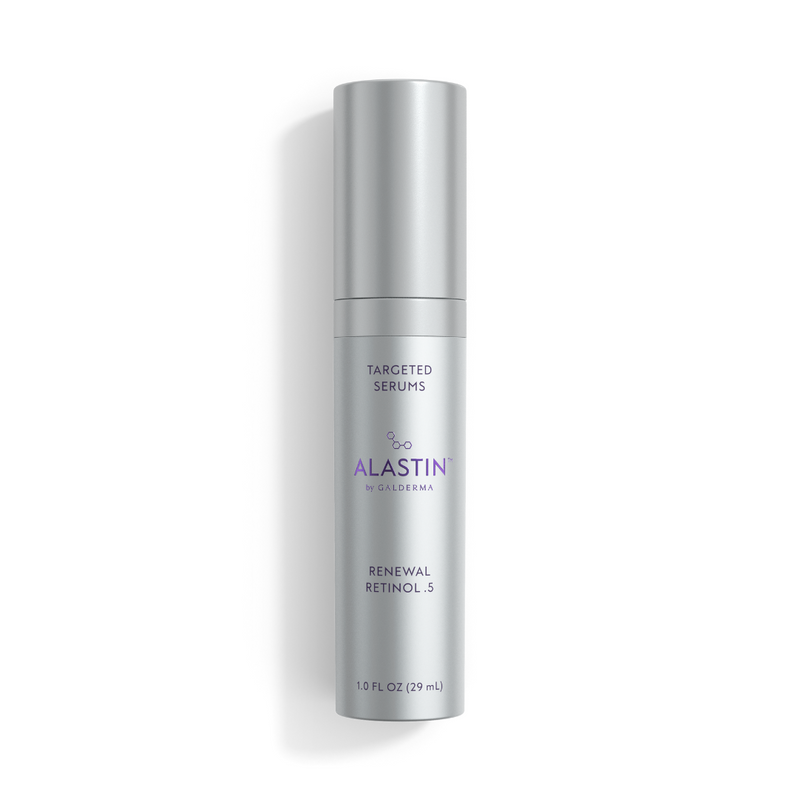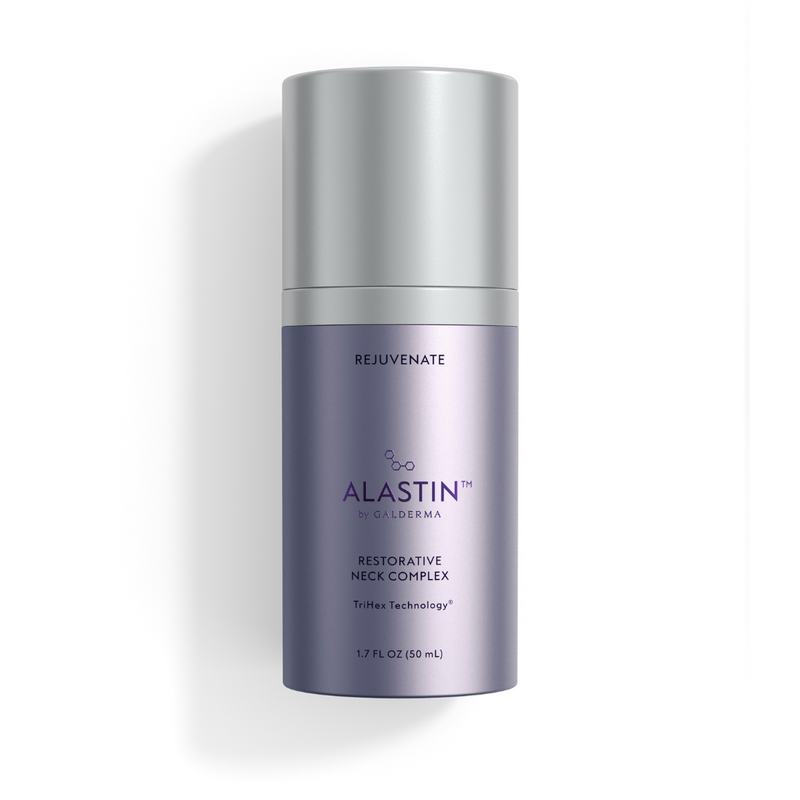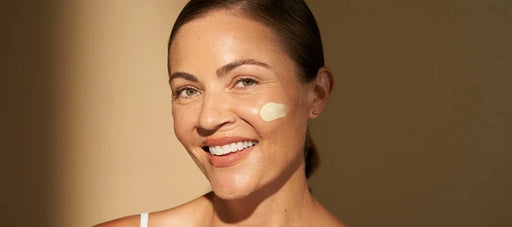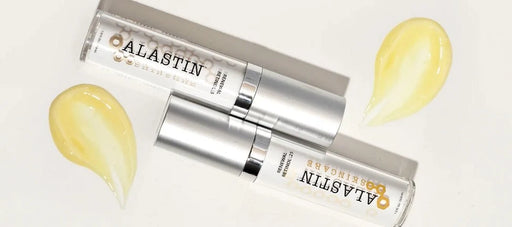You have no items in your bag
Get Started The Right Way With A New Skincare Regimen
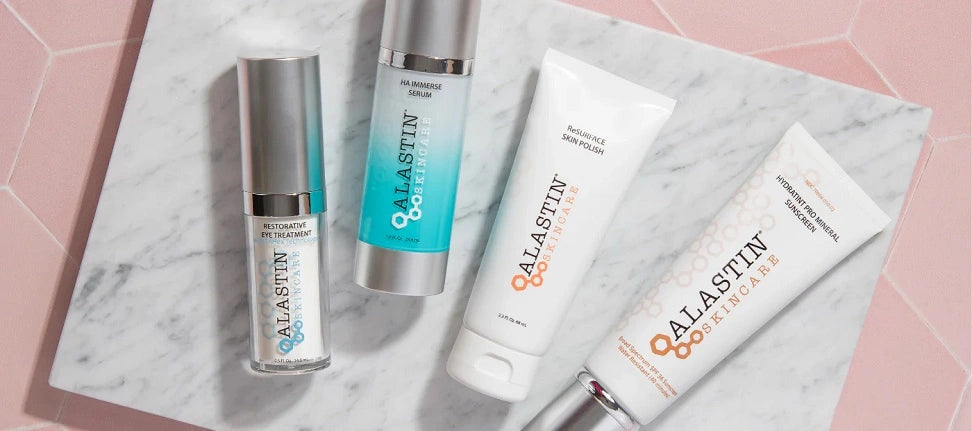
How To Start A New Skincare Regimen
Trying new things is usually filled with a flood of emotions spanning everything from happiness and excitement to anxiety and fear. Ultimately, the best thing you can do when starting or considering a new skin regimen is to seek the consult of a trusted healthcare professional like your dermatologist or other aesthetic healthcare provider.
That said, when it comes to starting a new skincare regimen, all of the worries and expectations that bubble up are likely completely normal. Often the reason you’re trying a new skincare routine is because your skin is changing (or you’re trying to prevent change) and that stress alone can actually cause some of the changes you’re trying to avoid. Sigh.
This guide will help you through some of those expectations as we’ll walk you through a few considerations to help you get the best results, including when you can expect to see real change and some advice on how to know when they’re not working.
What To Consider When Buying New Skincare Products

You know something needs to change but you’re thinking, “where do I even start?” There are a few factors to consider when purchasing new products and overhauling your skincare regimen.
The first consideration when researching any new skincare products is understanding what type of skin you have. Generally, there are five different types of skin: normal, sensitive, dry, oily or combination (which is dry and oily).
When you know your skin type, you are able to select products that have ingredients that will best complement your skin. For example, you wouldn’t want to use a product that makes your dry skin drier or has an ingredient that will irritate your sensitive skin.
The second factor to consider is your age. Just like your 20-something wardrobe, you often outgrow your skincare products as you age. Certain products are more helpful at different stages of life due to their active ingredients and moisture levels because of how the skin changes as you age.
Finally, what are your skincare goals? Are you looking to treat something specific? Reduce fine lines & wrinkles? Take preventative measures? Combat the changes of menopause? There are products and procedures that can help you work towards your goals to achieve your desired results which are important to consider when starting a new regimen.
Skincare Regimen Basics

The basics of any skincare regimen involve a cleanser, serum, moisturizer, eye cream and arguably most importantly, sunscreen. Additionally, you’ll want to make sure that the order you’re applying your products is correct for optimal results.
For a more in-depth look at the proper order of application, review this Skincare 101 article, but in the meantime, here’s a quick recap.
- Clean – Remove your makeup and use a gentle cleanser to take off the environmental elements of the day. Warm, not hot, water is best.
- Prep – Gently exfoliate to help remove the dead skin cells that slough off to get the most benefit when you apply the products in your next steps. This is also where you can use your favorite facial toner.
- Heal & Correct – Any products that are targeted to help with specific skin conditions are applied next, anything from acne concerns to uneven skin tone, including retinols and eye treatments.
- Hydrate & Moisturize – Serums and moisturizers are the stars of this step. Using a product that is lightweight, nourishing, and calming to the skin will be your best bet. Don’t forget your neck and décolleté with a product designed with their specific needs in mind the Restorative Neck Complex with TriHex Technology ®.
- Sunscreen – The non-negotiable VIP of your skincare regimen at all ages. Whether you prefer a tinted sunscreen or a non-tinted option, never skip the sunscreen!
When Should I Expect Results With My Skincare?

When you start a new workout routine, you don’t expect to have abs after the first time you do crunches. However, sometimes people have higher expectations of their skincare products. Patience and consistency are what will pay off in the long run.
So how long until you should expect to see results when you start something new?
Our skin cells renew themselves in about a four-week cycle. That means that for most products, at a minimum, it will take about 28 days for the product to work its way into the skin to start seeing changes.
There are certain products that you may see changes sooner. For example, a moisturizer should almost immediately hydrate your skin, but it will take a couple of weeks of consistent use to see more long-term results.
Products with more active ingredients that are used to heal or correct areas of your skin may take a month or two to see changes. Some products with retinol may start working within a week however you may see some changes like redness and peeling due to the stimulation happening in the dermis, but the positive results should come later. Look for a retinol that works well even with sensitive skin like the ALASTIN Skincare Renewal Retinol recommended by many top healthcare providers because the formulation is encapsulated in a solid lipid which improves the delivery of the retinol allowing you to reap all of the benefits without the downtime.
If there are specific skin conditions you’re looking to target, a good practice is to take some photos of the areas weekly to track progress because it might be difficult to notice changes when you look in the mirror every day.
How You Know It’s Time To Break-up With Your Skincare
The old saying “pain is beauty” does not apply to skincare products. If you’re trying something new and you start to feel pain or extreme discomfort, then you definitely want to take a break and check with your healthcare provider if this is the right product for you. Swelling or any other signs of an allergic reaction are also a red flag that you’ll want to get checked out.
Even if you don’t experience any of the adverse skin reactions above, there still may be less severe signs that could mean a particular skincare product isn’t right for you. Dry skin, redness, and acne are also signs that you may need to move on and try something new. And on that note, generally speaking, adding multiple new skincare products too quickly or at the same time, can also cause a breakout or adverse reaction.
You should consider adding new products in over time (reduce the variables so that you can identify which products might be contributing to a result, either good or bad!). For example, if you are adding a new retinol to your regimen, try only using the product every other or third day, to give your skin the opportunity to adjust to new products.
Keep in mind that good skin is a result of patience with your products. Tossing something because it didn’t make you look 25 overnight is not a good strategy.
Have you thought about starting a new skincare regimen? Connect with us on Instagram or Facebook and let us know!

$84.00
$158.00


